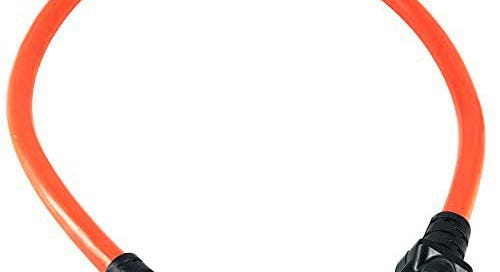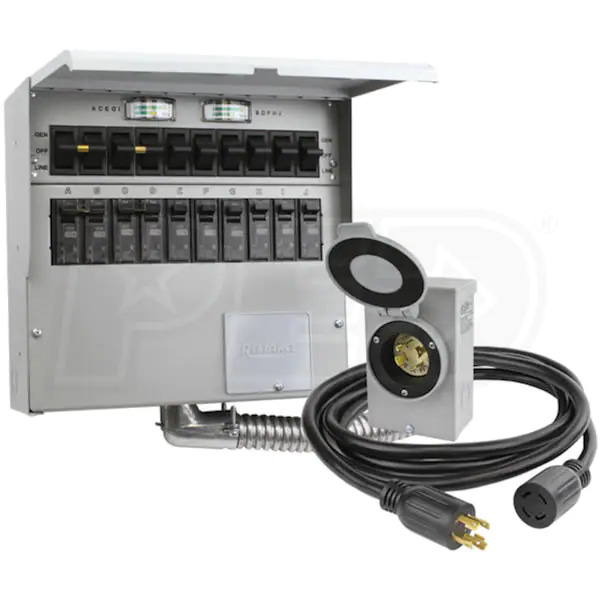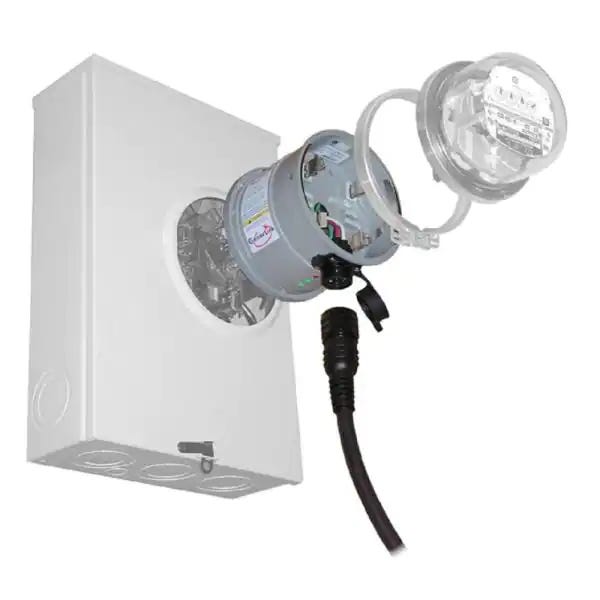Suicide cord warning!
Here’s safer ways to power your house from a portable generator…(rerun March 2023)
Dear Mike,
I have a Honda EU3000is generator that I have used with my RV on a few occasions.
I now use it as a house backup generator when needed by connecting the two 110v outlets to two wall outlets that are on each side of the power panel, providing power to circuits o can n both sides. We do not attempt to use any 240 volt appliances when doing this, as I believe they need two phase 240 which this does not provide. And I open the main circuit breaker to the panel to kill connection to power lines before setting up.
I have done this several times over the years without any issues, but wondered if there are concerns I am not addressing. Thanks for all you do to educate us users. - Don T.
Dear Don T.
What you’re doing is using something called a suicide cord. This is named so because if you don’t do everything exactly right, you can kill a power company lineman or even yourself.
Here’s why…
What happens is that the blades of the male 15-amp plug connected to your home outlet will be energized by your generator. So if you touch the bare blades on the male plug with your hands while the generator is on you can receive a shock.
And if you forget to turn off the main circuit breaker in your home service panel, your generator can feed back into the local electrical grid and energize the power company wires around your house by up to 11,000 volts. That can kill a lineman who’s working to get the power to your house back on.
Install a home generator transfer switch
This is pretty involved and requires that you go into your home service panel, so you should really hire an electrician. But it’s a great way to use a smaller portable generator to power the essentials in your house. Reliance Controls makes one that’s available at Home Depot HERE.
Or get a generator interlock to protect the linemen
If you have a 240-volt generator like my Honda EU7000is, here is an inexpensive solution. Basically, you add a 2-pole, 30-amp generator circuit breaker to your home service panel with a male twist-lock inlet that can be connected to your generator with a twist-lock extension cord. The sliding interlock forces you to turn off the incoming circuit breaker before you can turn off the generator breaker. This is what I installed at my dad’s house.
GenerLink (if your Power Company allows it)
This automatic transfer switch is the quickest (and perhaps most expensive) emergency generator connecting system, but some power companies are installing them for free if you get a portable generator that can power your house in an outage. California is installing them in some counties, and other states are doing free installs as well, so check with your local power company.
Read more by clicking the link below
For more detailed info on how these portable generator connecting systems work, please read my deep dive article on it HERE.
Let’s play safe out there… Mike










I had an electrician install an exterior outlet for our backup gen. The house was one of 15 homes built around 1977. We were both surprised when he went to the breaker panel to shut off the city power that there was no main breaker….very surprised! Anyway, he installed a new circuit breaker panel with a main breaker and an interlock. Maybe something about code at that time allowed for the original installation. All good now.
You wrote a very important article on generator power backup for homes during power outages. I like that you covered all sides of the solution. As an electrician, I recommend the interlock system. Clearly the simplest and least cost way to back feed a panel. As long as you purchase an interlock with UL or another certified rating, your insurance company won't object. There are electrical installations that make the interlock a poor choice but for the majority of households, it can be a solution.